When we’re out walking in the countryside, carefully following a footpath, how many of us think about just how much work goes into maintaining that trail, not just for our benefit but for the natural environment too?
Well having spoken to David Smith*, the recently retired senior ranger for the North York Moors National Park, it is eye opening just how much time, effort and thought goes into what, on the face of it, seems a simple enough process when it comes to constructing and maintaining a Public Right of Way (PRoW).
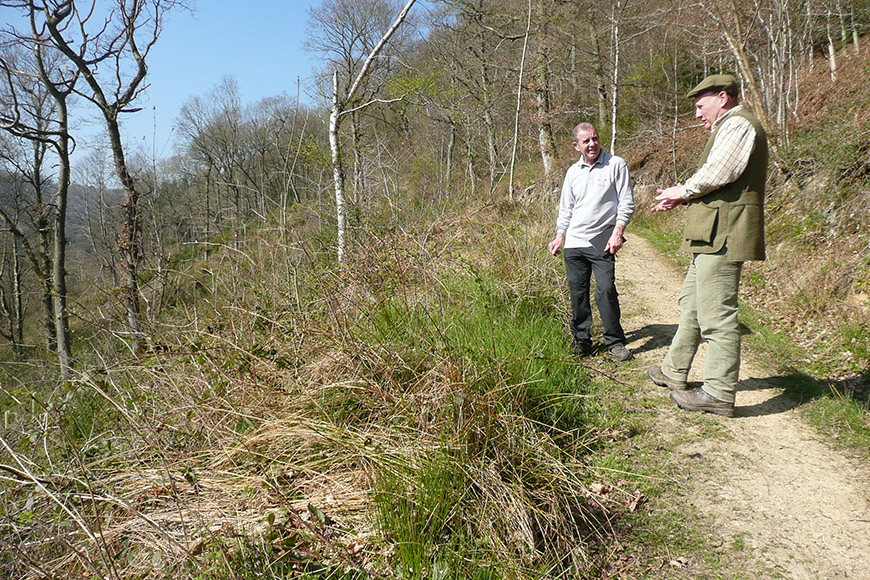
David points out the actual ‘doing bit’ of the work invariably takes less time than planning for the practical activity. For starters various consents – whether it’s liaising with landowners, Natural England, or Historic England if the route is of historical importance – need to be obtained before any work can be undertaken.
Then there’s evaluating the site:
- How good is the drainage?
- Will the impact of the footpath make water run-off worse?
- What materials need to be used to avoid any leaching altering the acidity or alkalinity of the surrounding soil and the delicate ecosystems it supports?
- Can accessibility be improved by removing ‘barriers’ to make PRoW as useable to as many people as possible.
- If it involves any construction, can we do it with our own staff or do we need to use a contractor?
- What vegetation needs to be cleared?
- Are there volunteers to help support the ranger team?
Only then can materials be ordered, contractors booked and work plans put in place.
It’s no surprise then when David says he actually spends up to 60% of his time in the office organising the work, dispelling the common perception that rangers spend most of their working life out in the countryside.
If all this seems overkill for a simple footpath, then listen to David talk about the work they’ve done with the conservation team as part of the ‘Slowing the Flow’ project on the Levisham Estate, one of the few areas that is actually owned by the National Park.
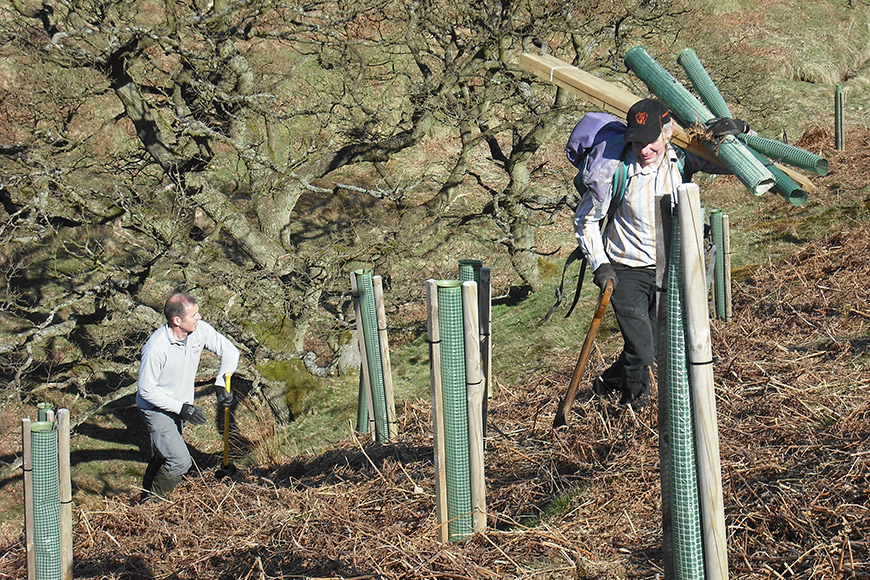
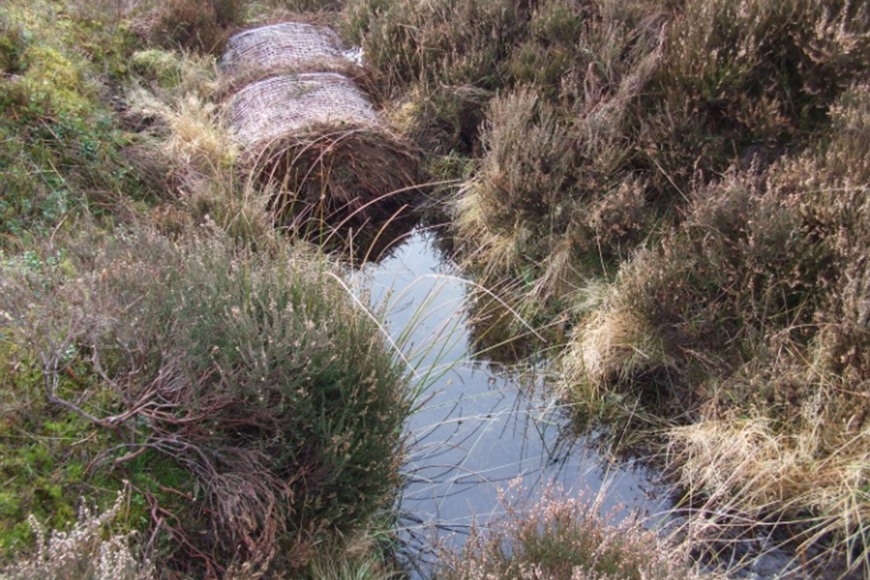
The challenge was finding a sustainable solution that would ensure the footpath withstands erosion from the heavy footfall and rainwater while not detracting from the beauty of the area
“The project has been focused on introducing flood control measures that slow down the flow of water in the Pickering and Sinnington catchment areas,” he explains.
“As well as large scale tree planting and woodland management to slow run-off, placing heather bales in moorland gullies adjacent to footpaths help act as sponges to slow the flow particularly when heavy rain and thunderstorms can erode paths quickly.”
Restoring the badly eroded footpaths and bridleways on Levisham Moor which attracts thousands of visitors each year, was a core focus for David’s team.
“The challenge was finding a sustainable solution that would ensure the footpath withstands erosion from the heavy footfall and rainwater while not detracting from the beauty of the area,” David explains. “We also needed to ensure that any work we carried out would blend in with the landscape as quickly as possible and would be a long term solution.
“We decided on a partly stone pitched surface to make it more hard wearing and carried out extensive drainage improvements to channel the run-off. We also restored the surrounding ground which had been eroded due to walkers and riders finding detours off the main paths to avoid boggy sections including around Dundale Pond. We had to consider the impact of any stone we used on the pH of the landscape which narrowed our choice down to sandstone or whinstone. Now a few years on we know the project is successfully helping minimise flooding into Pickering.
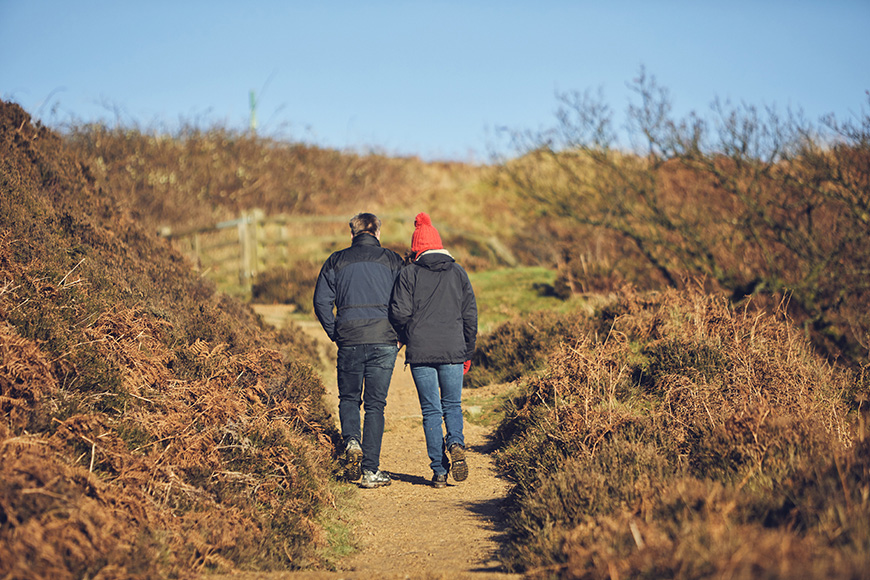
As we talk further it soon becomes clear that one of the special skills a ranger needs is ‘the art of persuasion’. Take the work that David and his volunteer team do to persuade upwards of 40,000 visitors to stick to the marked route through Farndale’s nature reserve as they enjoy the spectacular sight of the famous native daffodils in spring.
“Of course we don’t want to spoil people’s enjoyment but with such a big influx of visitors we need to strike a balance that also helps to minimise the impact on Farndale’s rural community,” says David. “Signage and messaging help so we can persuade or influence people to stick to the footpath, keep dogs on a lead or under close control or remember to close gates.”
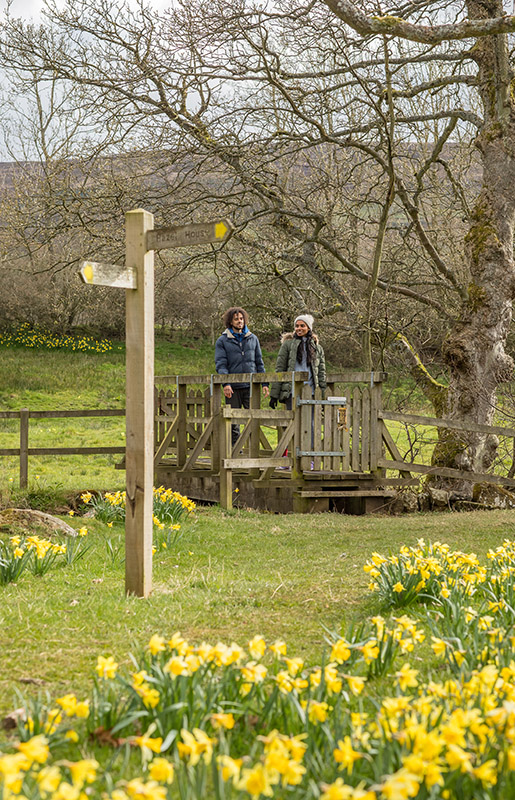
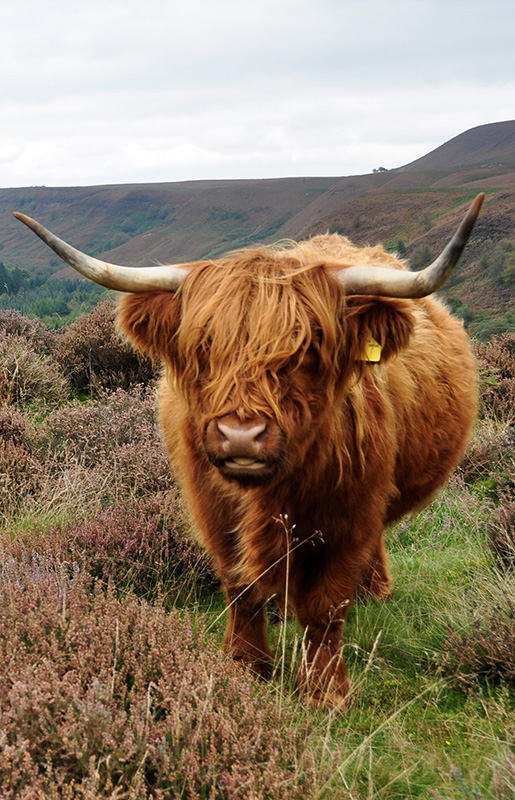
Persuasion and understanding also come into their own when it comes to liaising with the numerous landowners across David’s patch which runs from Bransdale in the west to Hackness in the east.
“Having an agricultural background certainly helps,” David says. “It means I can talk farmers’ language, understand their priorities and challenges, and gently bring them on-board by suggesting solutions that suits both them and the National Park whether we’re looking to improve access, repair fences and gates or carry out tree safety work.
“Having said that, most landowners and tenants are happy to work with us but trust is essential to a good working relationship. Even if we don’t need to, I ensure my team always notifies landowners or their tenants when we’re about to do some work. At the end of the day there’s a mutual benefit – if we repair a latch on a gate or make it easier for people to open and close it, then it takes away a potential headache for the farmer.”
David’s favourite spots in the South Area
- The views of Newtondale that open up after passing through Levisham
- A walk down Haven Gill close to the Hole of Horcum which is only just off the main road but you suddenly become aware of the tranquillity as you drop down, leaving the traffic noise behind.
* After nearly 25 years of service dedicated to our Ranger Service and to the care and development of the National Park, David has recently retired. We wish him a long and happy retirement.
